Before heading out on the Salkantay Trek, it’s essential to understand every detail of this hike to Machu Picchu to make the most of the experience. Known as one of the best alternatives to the Inca Trail, this journey takes you through breathtaking landscapes, deep valleys, and high mountain passes.
The Salkantay trail is a demanding challenge that requires good physical preparation. The high altitude, varied terrain, and long daily hikes make it an adventure for those looking for an authentic and tough experience in the Andes. With the right preparation and proper information, you’ll be able to take on one of Peru’s most stunning trekking routes and make it an unforgettable experience.
That’s why at TreXperience, we provide all the key details about the Salkantay Trek in Cusco, so you can prepare properly and enjoy a safe and rewarding adventure.
Salkantay Trek Altitude: How high will you go?
During the Salkantay Trek, you’ll cover 75 kilometers (47 miles) and reach an altitude of 4,650 meters (15,255 feet) above sea level. This trek requires proper preparation and full awareness of your physical endurance to fully enjoy the experience without putting your health at risk.
Starting and final altitude
The trek begins in Cusco, at 3,400 meters (11,155 feet) above sea level, and gradually ascends to its highest point: Salkantay Pass, at 4,650 meters (15,255 feet). This altitude can be challenging for many travelers, so physical and mental preparation is crucial.
The importance of acclimatization in Cusco
Proper acclimatization in Cusco is essential to avoid the effects of altitude sickness. It’s recommended to spend at least two days in the city before starting the trek. During this time, maintain good physical condition, avoid overeating or drinking too much alcohol, and prioritize rest. A proper acclimatization will make the ascent to Salkantay Pass much easier and safer.
Effective tips to prevent altitude sickness
Altitude sickness, or soroche, can occur when the body doesn’t adjust well to lower oxygen levels at high elevations. It’s common in places like Cusco or during treks like Salkantay to Machu Picchu. The most frequent symptoms include sudden fatigue, nausea, and headaches. Here are some practical tips to avoid or minimize its effects:
- Take it slow – Walk at your own pace to allow your body to adjust.
- Stay hydrated – Drink plenty of water and herbal teas like coca tea.
- Eat light, nutritious meals – Avoid heavy, greasy foods before and during the hike.
- Take breaks – Rest when needed and listen to your body.
- Consider preventive medication – Consult a doctor about altitude sickness pills.
- Acclimate properly – Spend at least two days in Cusco before starting the trek.
Read More » Overcoming altitude sickness in Cusco
Salkantay Trek Difficulty
The highest point on the Salkantay Trek is the Salkantay Pass. Reaching this altitude is a real challenge due to the thin air, freezing winds, and low temperatures in the area.
What makes the Salkantay Trek challenging?
Extreme altitude
One of the biggest challenges is altitude. As you climb higher, oxygen levels drop, which can cause fatigue and, in some cases, symptoms of altitude sickness. Proper physical and mental preparation is essential.
Unpredictable weather
During the Salkantay trek to Machu Picchu, expect temperatures below freezing at night, especially at higher elevations, while daytime temperatures can be much warmer as you descend into the jungle. Cold winds at high altitudes add to the challenge.
Varied and demanding trails
The Salkantay Trek includes a mix of rocky paths, steep mountain trails, narrow passes, and jungle sections. The constant ascents and descents require strength, balance, and endurance.
Physical and mental challenges
The Salkantay in Peru pushes both body and mind. The continuous effort, unpredictable weather, and the need to overcome personal limits make this a truly transformative experience.
Anything else? » This route is designed for people with a decent fitness level, even if they aren’t experienced hikers or mountaineers. Being open to physical activity and understanding that this trek requires effort is key—especially for those whose daily routines don’t include intense physical exertion.
Salkantay Trek Weather: What to expect along the route
The weather plays a huge role in planning your Salkantay Trek to Machu Picchu. The high altitude and changing conditions mean you’ll experience a mix of cold temperatures and seasonal variations that can impact your hike. Below is a breakdown of each season to help you decide the best time to visit Cusco.
Dry season in Cusco (May to October)
- What to expect:
Days are usually sunny and clear, offering great views of the Andes. While the weather is more stable, occasional light rain is still possible. - Temperature:
Nights are cold, and at higher elevations like Salkantay Pass, temperatures can drop to 0°C (32°F) or lower.
During the day, the sun warms up the trails, making for pleasant hiking conditions.
Pro Tip » This is the most popular season for trekking. Booking your Salkantay Trek in Peru in advance is highly recommended since demand is high and spots fill up quickly.
Rainy season in Cusco (November to March)
- What to expect:
Rain becomes more frequent, especially in January and February. While there are still sunny days, heavy rainfall can make trails slippery and reduce visibility. - Precautions:
Some tour operators don’t run this trek during peak rainy months due to safety concerns like mudslides and difficult trail conditions. Waterproof gear is a must, and extra caution is needed.
Bonus Tip » If you hike during this season, expect fewer crowds and lush green landscapes thanks to the abundant vegetation.
Temperatures
Coldest months (June and July)
During June and July, nighttime temperatures in Cusco drop to their lowest levels of the year, often falling below 0°C (32°F), especially in higher elevations. While the sun warms things up during the day, nights can be extremely cold.
Rest of the year
Although temperature fluctuations are less extreme in other months, it’s always best to be prepared for sudden weather changes, especially at higher altitudes.
Salkantay Trek to Machu Picchu: Different route options
- 4-Day Salkantay Trek to Machu Picchu
- 5-Day Salkantay Trek to Machu Picchu
- 8-Day Salkantay Trek to Machu Picchu
Clothing tips for the Salkantay Trail
Wearing the right clothes and footwear is essential for a comfortable and safe trek. Here’s what you’ll need:
- Warm layers – Sweaters and jackets for cold nights.
- Rain gear – A poncho or waterproof jacket to stay dry.
- Accessories – Gloves, hats, and scarves are a must for chilly nights.
- Hiking boots – Sturdy, non-slip boots for rough terrain.
- Light towel – Useful for drying off sweat or water.
- Sleepwear – Warm pajamas to stay cozy overnight.
Read More » Ultimate Salkantay Trek Packing List
Frequently asked questions about the Salkantay Trek
How many days does the Salkantay Trek take?
The classic route takes 5 days and 4 nights, but shorter 4-day options are available for those with less time.
Is the Salkantay Trek harder than the Inca Trail?
Yes, the Salkantay Trek is more challenging due to its higher altitude and rugged terrain. However, unlike the Inca Trail, it doesn’t require a special permit.
When is the best time to do the Salkantay Trek?
The dry season (May to October) offers the best conditions, with clearer skies and less rain.
Do you need a permit for the Salkantay Trek?
No, a permit isn’t required like on the Inca Trail, but booking with an authorized agency like TreXperience is recommended.
How many hours do you hike per day?
Expect to hike between 6 to 9 hours daily, depending on the section and weather conditions.
Do you need hiking experience to do the Salkantay Trek?
No, but good physical condition and proper acclimatization in Cusco are highly recommended.
What is the highest point on the Salkantay Trek?
The highest altitude is at Salkantay Pass (4,630 m / 15,190 ft), where the air is thin and temperatures can be extreme.
Can you do the Salkantay Trek without a guide?
Yes, but hiking with an agency ensures better safety, logistics, and comfort.
Where does the Salkantay Trek end?
The trek finishes in Aguas Calientes, where you can take a bus or hike up to Machu Picchu.
What is the weather like on the Salkantay Trek?
Expect freezing temperatures at high elevations and warm, humid conditions in the jungle sections.
Will you see snow on the Salkantay Trek?
Yes, especially at higher elevations like Salkantay Pass, where the snow-capped peaks are stunning.
Are there bathrooms and showers on the Salkantay Trek?
Yes, basic bathrooms and cold-water showers are available at campsites. Some areas offer hot showers for an extra fee.
Get ready for the Salkantay Trek!
This guide provides practical details to help you plan your trek to Machu Picchu via the Salkantay route. However, making this journey an unforgettable experience depends on good planning from the start—including flights, accommodations, and permits for the sites you want to visit.
Besides physical and mental preparation, it’s crucial to respect nature and help preserve the environment. As a traveler, you’ll have the chance to witness breathtaking landscapes with immense historical, natural, and cultural value.

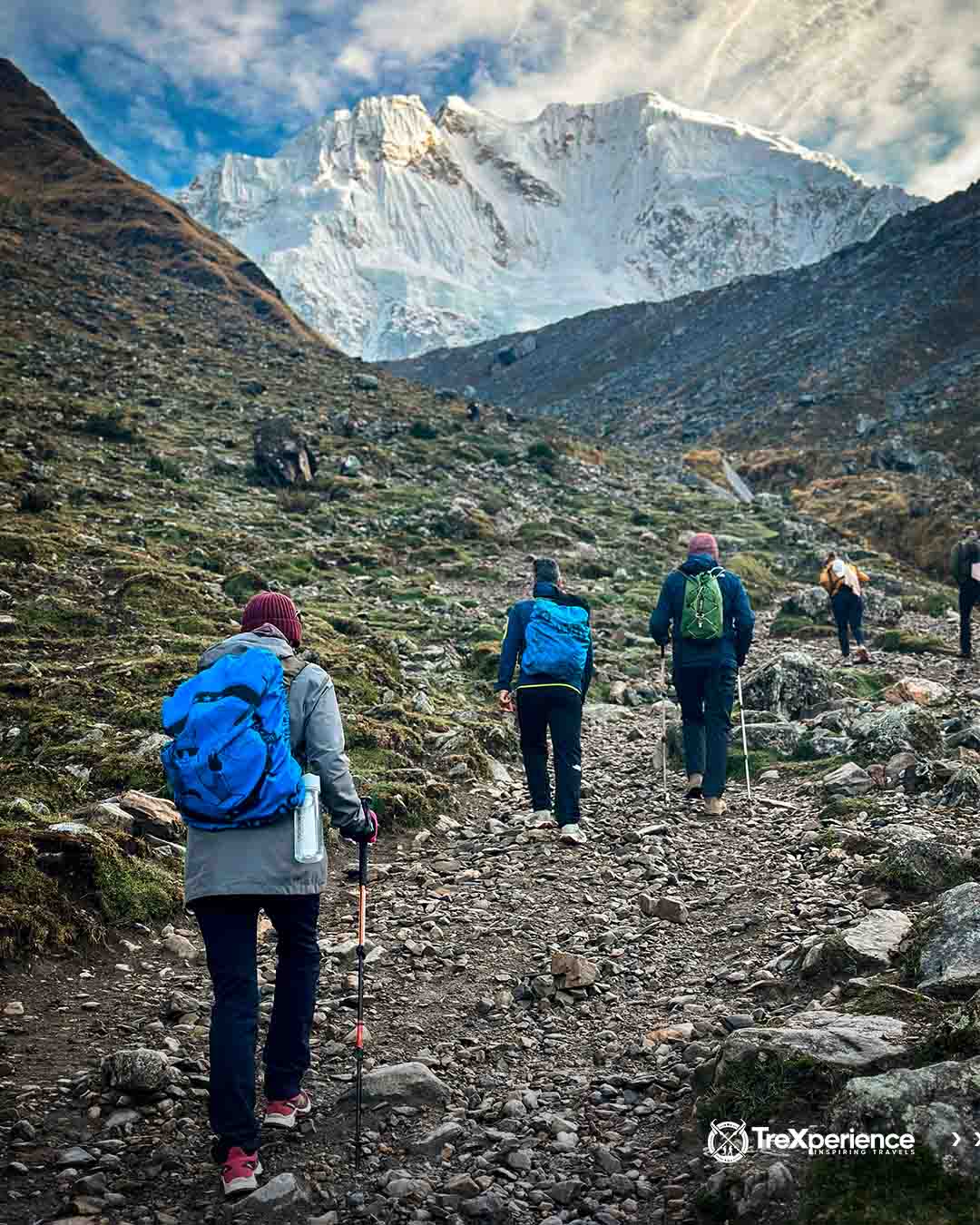
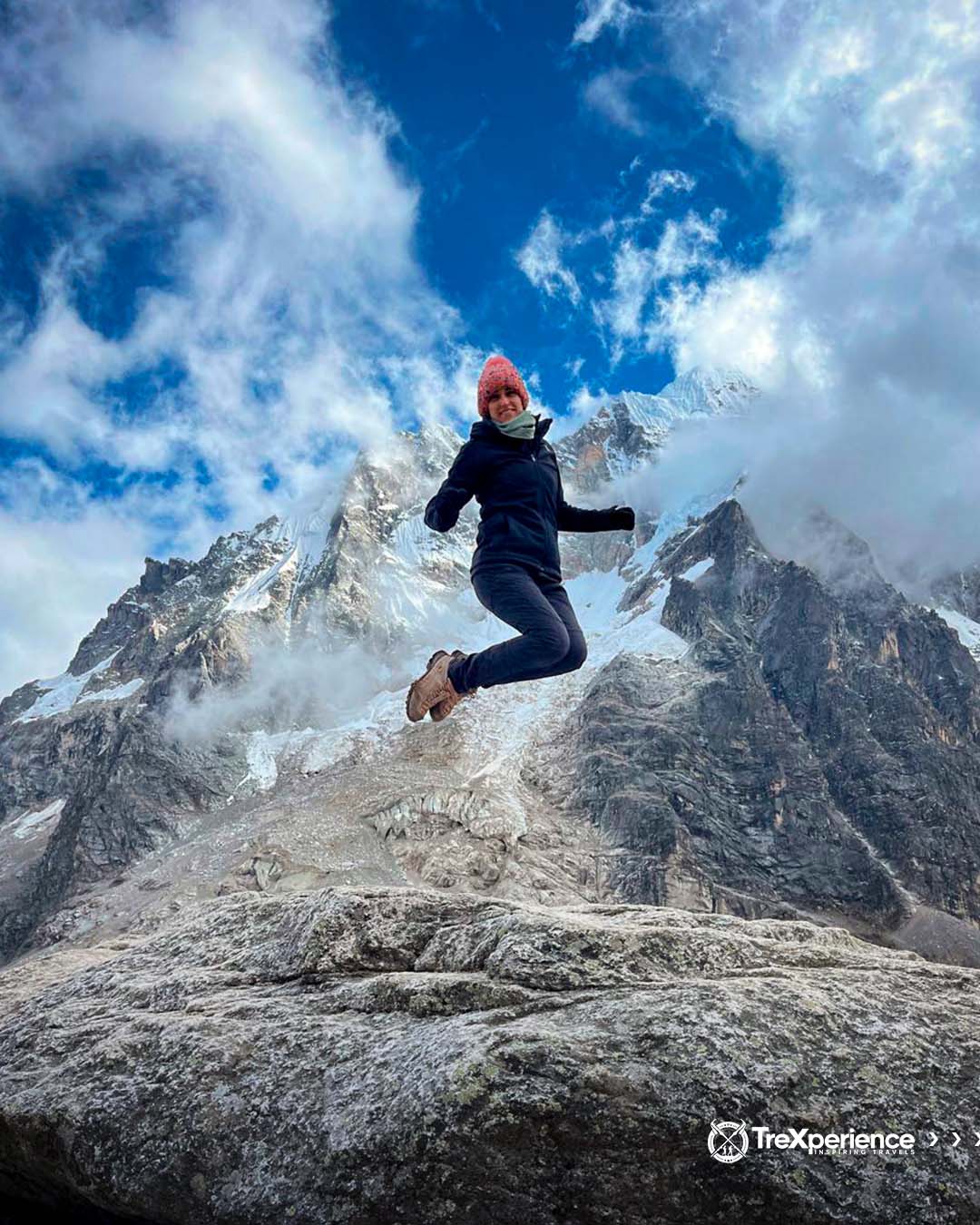
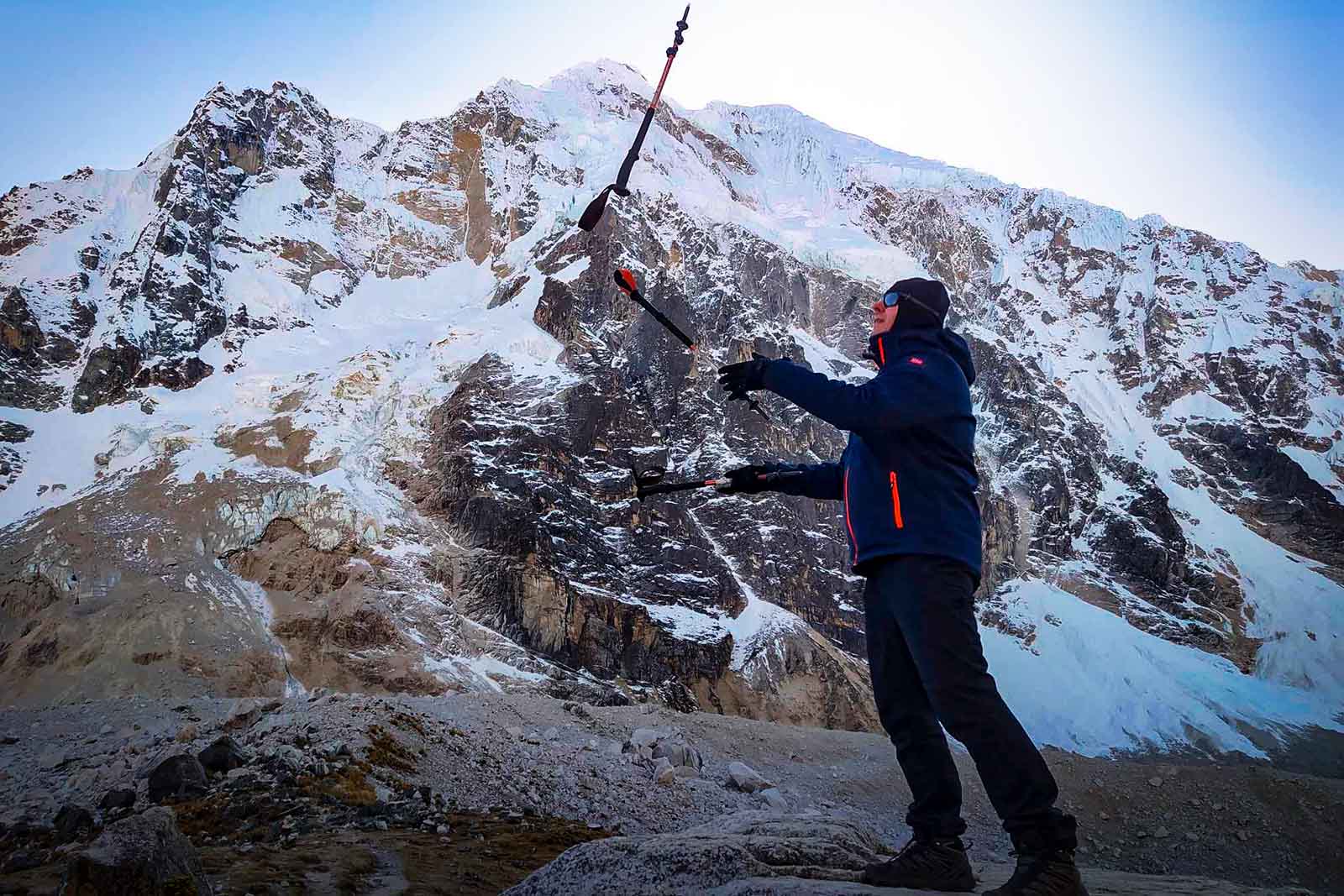
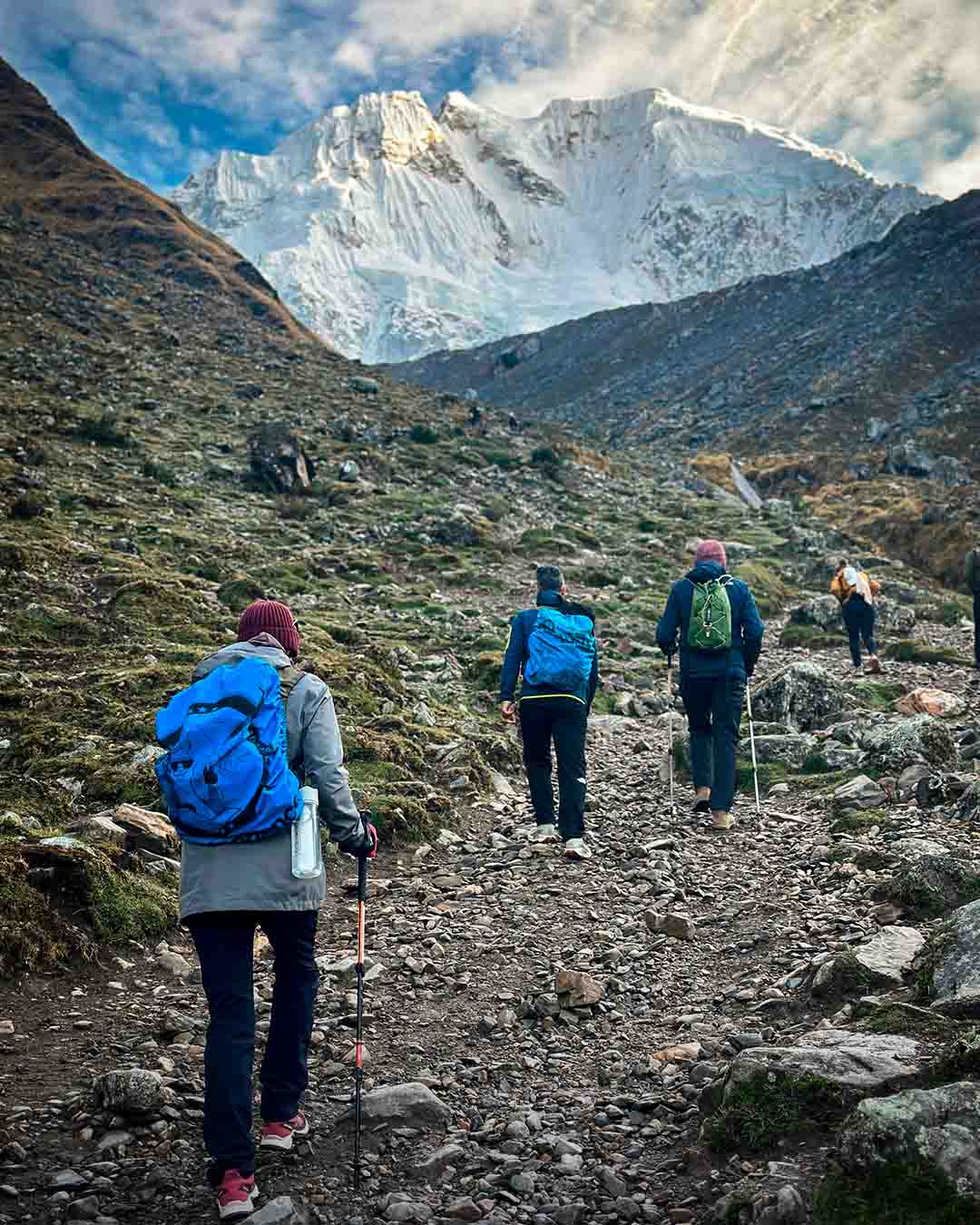
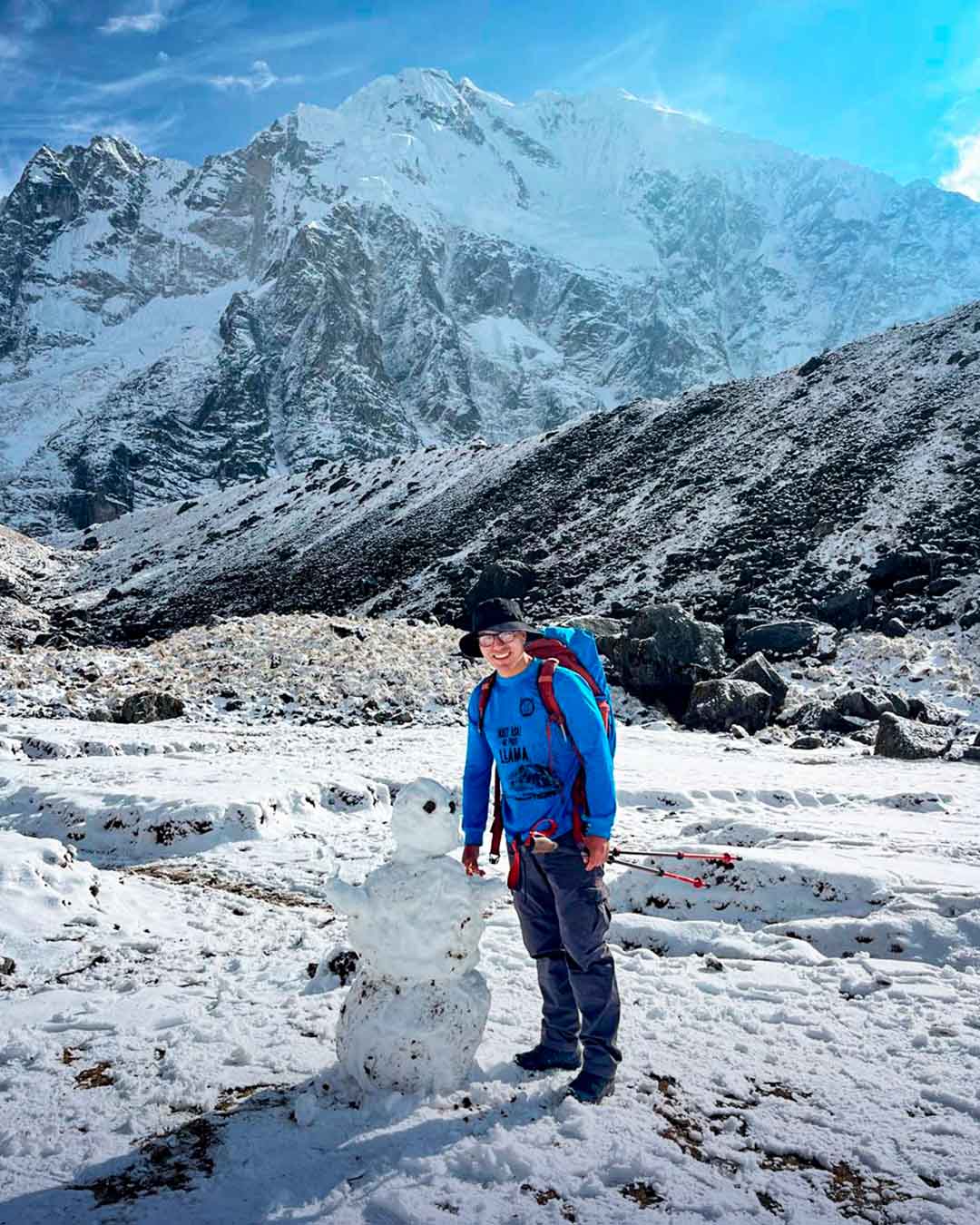
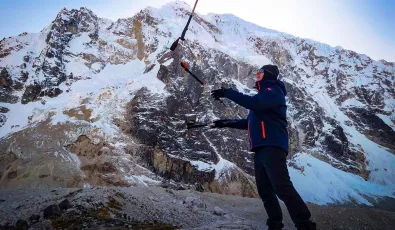
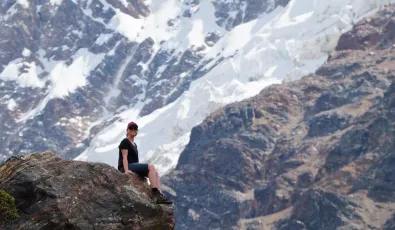
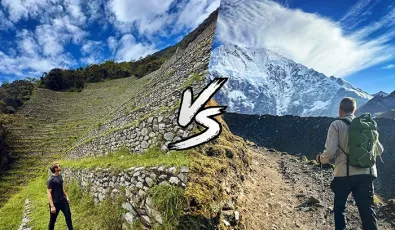
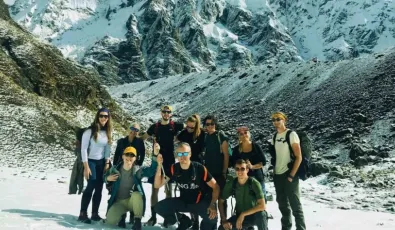
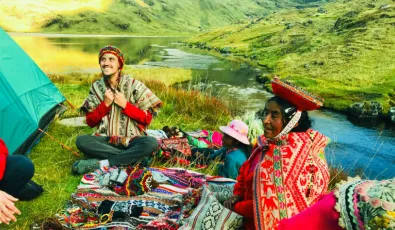


Add new comment